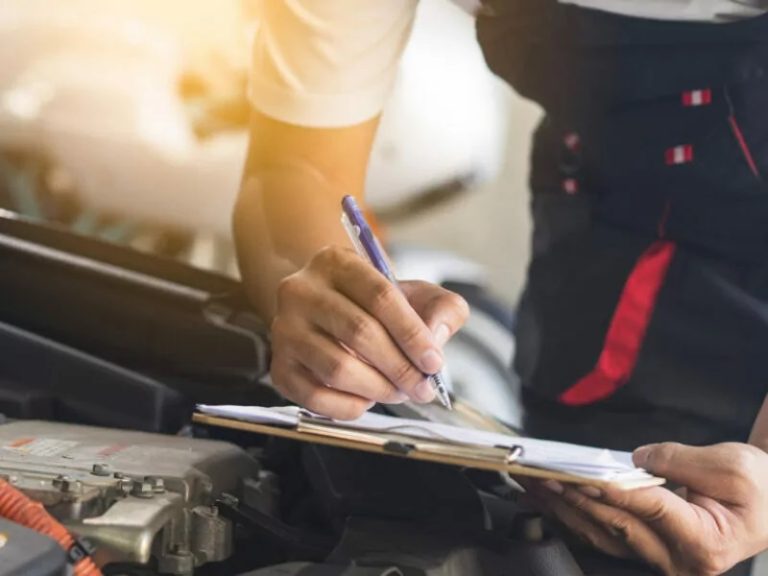Wildlife encounters can be a surprising source of vehicle damage, and the hood often bears the brunt of these unexpected collisions. While deer are commonly associated with front-end damage, various other animals, from squirrels to birds, can cause significant harm to a vehicle’s hood. Understanding how these encounters occur and what service technicians look for during repairs can help vehicle owners address the issues effectively.
Common Culprits and Types of Damage
Animal encounters pose a significant threat to vehicle hoods, particularly in rural environments. Deer collisions are a major culprit, often resulting in extensive damage like dents, creases, and severe deformation, especially during mating season when deer activity peaks. Smaller creatures, such as squirrels and rodents, can also inflict damage by chewing through essential wiring or establishing nests under the hood, leading to corrosion and increasing the risk of electrical fires. Birds, particularly larger species, contribute to hood damage through their droppings, which are highly acidic and can etch and corrode the paint, leaving unsightly marks. These animal-induced damages can compromise the vehicle’s appearance and potentially affect its functionality and safety, highlighting the need for preventative measures and prompt repairs.
Factors Contributing to Wildlife-Related Hood Damage
Several factors can increase the likelihood of wildlife encounters that result in hood damage. Driving at dawn and dusk, when many animals are most active, elevates the risk of collisions. Rural areas with dense vegetation and wildlife crossings are also prone to these incidents. In urban environments, animals seeking shelter from extreme weather conditions may find refuge under the hood, causing damage.
Service Technician’s Assessment and Repair Process
When a vehicle arrives at a service center with suspected wildlife-related hood damage, technicians conduct a thorough assessment. They examine the extent of the damage, including dents, scratches, and structural issues. They also inspect the engine compartment for signs of animal activity, such as nests, chewed wires, or droppings. The repair process typically involves removing the damaged hood panel, repairing dents and creases, and applying body filler to restore the original shape. The hood is then sanded, primed, and repainted to match the vehicle’s color. In cases of severe damage, the entire hood may need to be replaced. For expert wildlife damage repairs, trust Auto Repair in Aurora, Co.
Conclusion
Vehicle owners can reduce hood damage by taking precautions against wildlife encounters. Attention to wildlife crossing road indicators is vital. Safe driving, especially at dawn and twilight, and checking the roadside for animals can help drivers avoid collisions. The hood can be protected from scrapes and bird droppings with a car cover. If possible, park indoors to prevent animals from under the hood. To restore the vehicle’s structural integrity and appearance after a collision, prioritize safety, assess the damage, and seek professional repair services.


